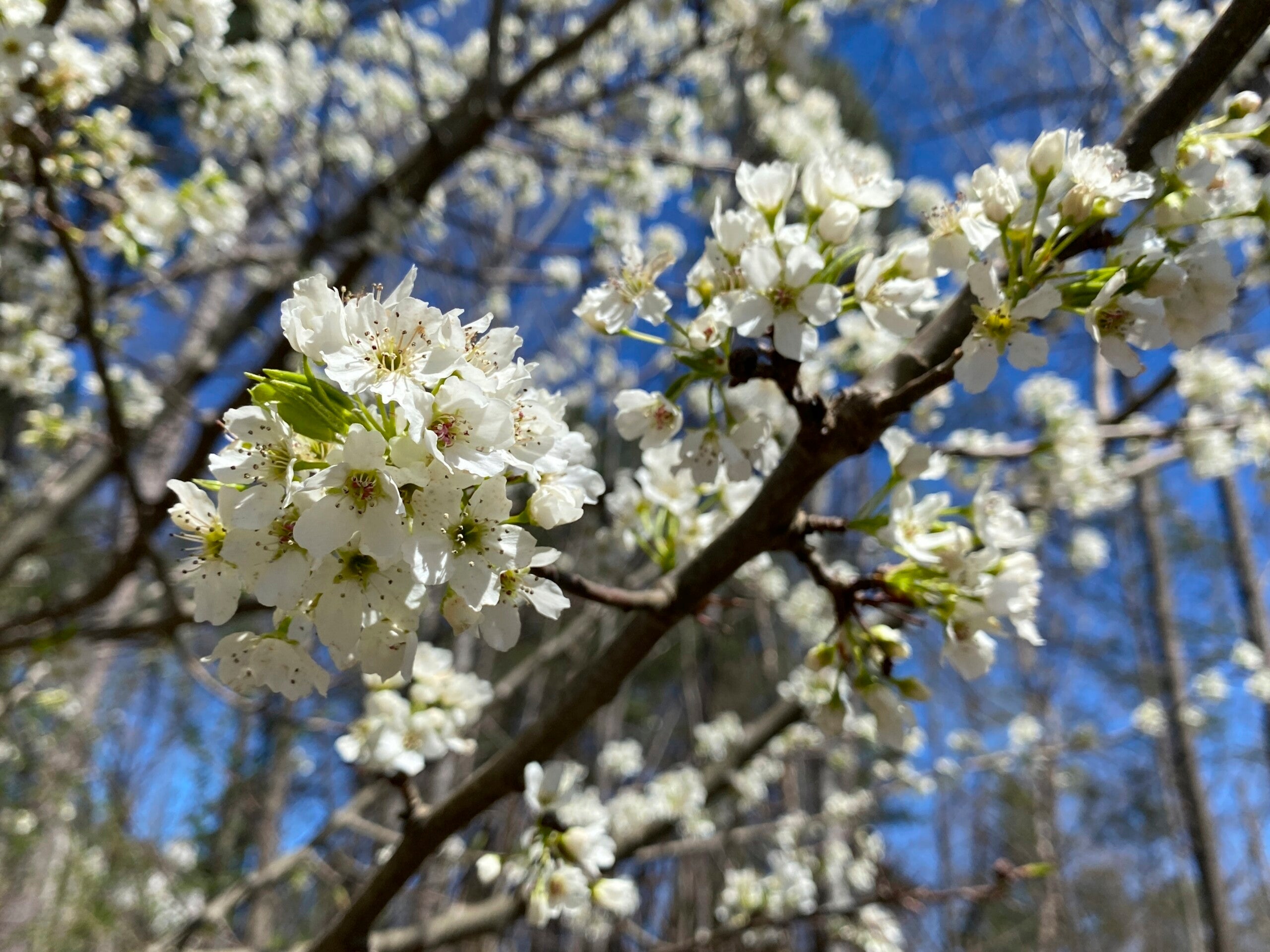Callery pears: An invader ‘worse than murder hornets!’
NEW ORLEANS (AP) — A stinky but handsome and widely popular landscape tree has become an aggressive invader.
Callery pears create dense thickets that overwhelm native plants and bear four-inch spikes that can flatten tractor tires.
Bradford pears and other ornamental Callery pears were cultivated from an import brought to the country in 1917 that saved pear orchards from a deadly bacterial disease.
For decades, the decorative trees seemed near perfect, aside from a tendency to fall apart after about 15 years — and their stench. But then they cross pollinated with other ornamental varieties, allowing them to spread rapidly.
Invasive strands now have been reported in more than 30 states, including Indiana, and fourteen states have formally listed the trees as invasive.
In 2020, the Callery pear was listed as a ‘top terrestrial invasive plant of concern‘ by the Indiana Department of Natural Resources.
Indiana DNR recommends removing existing Callery pear cultivars and replacing them with native trees such as the American plum, flowering dogwood, or redbud.
